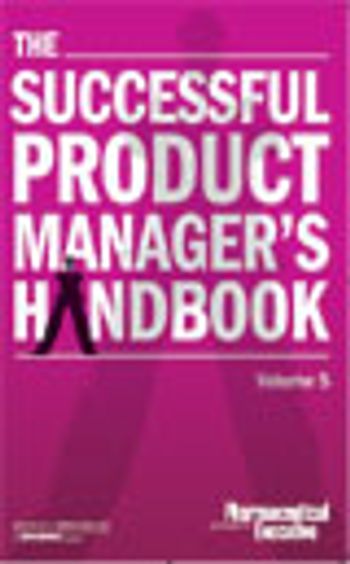
Pharmaceutical Executive
All things considered, POS is undervalued and therefore underutilized, given its inherent potential to build recognition and increase demand.

Pharmaceutical Executive
All things considered, POS is undervalued and therefore underutilized, given its inherent potential to build recognition and increase demand.

Pharmaceutical Executive
In 2004, US growth hormone sales reached nearly $711 million. But harsh restrictions on growth hormone treatments and their abuse as "lifestyle drugs" have injected controversy into the market. How can pharma ensure that its marketing efforts for products that help millions of children and adults reach the right targets?

Pharmaceutical Executive
As 2006 gets under way, changes in the industry are creating new opportunites for product managers, along with a landslide of challenges. Blockbuster drugs that represent 50 to 60 percent of pharmaceutical sales will come off patent in the next few years, and with consumer awareness now greater than ever, product managers need to work even harder to keep up. The articles in this volume address these growing concerns.

Pharmaceutical Executive
Imagine a person sitting alone in his living room suffering through a pounding migraine, while the rest of his family sits together around the kitchen table. He wants to join them, but his symptoms render him motionless. Now, imagine he has the choice to take two different drugs that promise to alleviate symptoms of his migraine. Drug A promises to help at the source of the problem by decreasing the frequency of swollen blood vessels around the brain, while drug B promises migraine-free days with more time to spend with the family. What do you think he would choose?

Pharmaceutical Executive
At the Division of Drug Marketing, Advertising, and Communications (DDMAC), our goal is to assure that prescription drug promotion is not false or misleading, and that it presents a balanced picture of a drug's risks, as well as its benefits.

Pharmaceutical Executive
Pharma companies spend the most money looking at what their competitors have already done. Here, three companies explain how competitive intelligence should work.